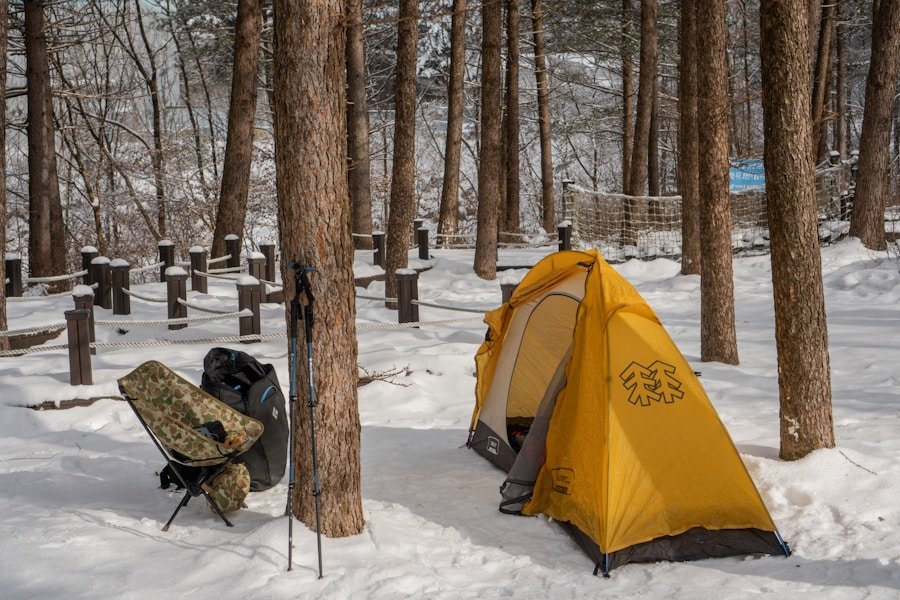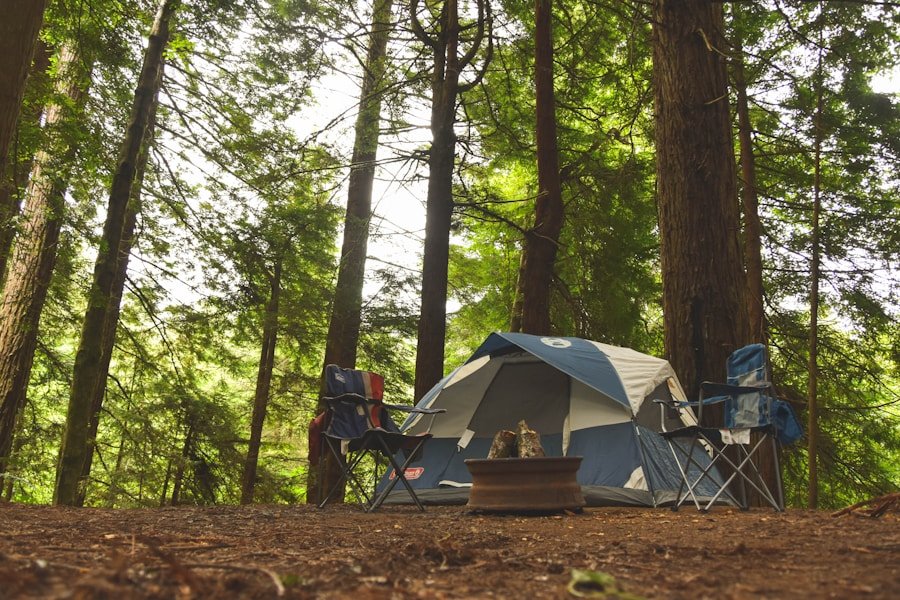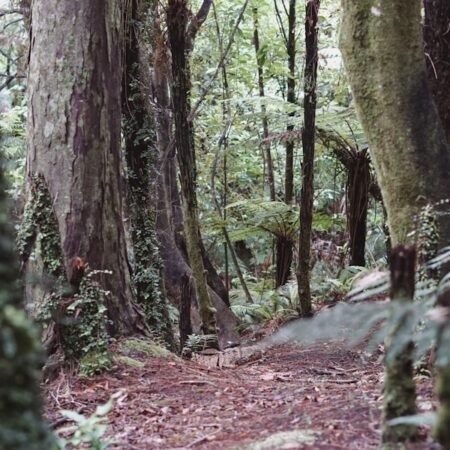Participating in outdoor team-building activities, such as constructing a shelter, offers a uniquely rewarding experience. This collaborative effort promotes effective communication, strengthens interpersonal bonds, and presents opportunities for problem-solving and adaptability in a natural environment. Furthermore, working together in nature has significant therapeutic benefits, including the development of resilience and trust, as well as the enhancement of leadership skills and decision-making abilities.
Ultimately, this shared experience creates lasting memories and fosters a sense of camaraderie through engaging outdoor activities.
Key Takeaways
- Building a shelter as a team fosters collaboration and communication skills
- Outdoor activities strengthen team bonding and create lasting memories
- Working in a natural setting teaches problem-solving and adaptability
- Outdoor shelter construction builds resilience and trust within a group
- Working together in nature enhances leadership skills and decision-making
Building a Shelter as a Team: Fostering Collaboration and Communication
Pooling Strengths and Skills
Each member of the team brings their own unique skills and strengths to the table, and it is through effective communication that these can be utilized to their fullest potential.
Effective Communication is Key
Whether it’s gathering materials, constructing the shelter, or problem-solving along the way, effective communication is key to the success of the project.
Building Trust and Camaraderie
By working together towards a shared objective, team members learn to listen to one another, share ideas, and work cohesively as a unit. This not only strengthens the team as a whole but also builds trust and camaraderie among its members.
The Power of Outdoor Activities in Strengthening Team Bonding
Engaging in outdoor activities has been shown to strengthen team bonding in a variety of ways. When individuals come together in a natural setting, they are able to connect on a deeper level and form lasting bonds through shared experiences. Building a shelter as a team provides an opportunity for members to rely on one another, support each other, and celebrate their achievements together.
This shared sense of accomplishment fosters a strong sense of unity and camaraderie among team members, creating a lasting bond that extends beyond the outdoor activity itself. Additionally, the natural setting provides a break from the distractions of everyday life, allowing team members to focus on each other and the task at hand, further strengthening their connection.
Learning to Problem-Solve and Adapt in a Natural Setting
| Benefits | Metrics |
|---|---|
| Improved teamwork | Increased communication, collaboration, and problem-solving skills |
| Enhanced creativity | Ability to think outside the box and come up with innovative solutions |
| Physical activity | Engagement in physical labor and exercise |
| Connection with nature | Appreciation for the outdoors and environmental awareness |
Building a shelter in an outdoor setting presents unique challenges that require individuals to problem-solve and adapt in real-time. From finding suitable materials to navigating the terrain, team members must work together to overcome obstacles and find creative solutions to unexpected problems. This experience not only builds resilience but also teaches valuable skills that can be applied in other areas of life.
Learning to adapt to changing circumstances and think on your feet is an important skill that can be honed through outdoor activities like shelter construction. By facing these challenges as a team, individuals learn to rely on one another and trust in their collective abilities, ultimately strengthening their bond as a group.
Building Resilience and Trust Through Outdoor Shelter Construction
The process of building a shelter as a team requires individuals to push past their comfort zones and work together in unfamiliar territory. This experience builds resilience as team members face physical challenges and environmental factors that may be outside of their usual realm of experience. By overcoming these challenges together, individuals develop a sense of trust in themselves and their teammates, knowing that they can rely on one another in difficult situations.
This trust is essential for effective teamwork and can be carried over into other aspects of life, creating a strong foundation for future collaboration and success.
The Therapeutic Benefits of Working Together in Nature
Nature’s Peaceful Environment
When individuals come together to build a shelter in nature, they are able to reap these benefits while also strengthening their bonds as a team. The natural setting provides a peaceful and rejuvenating environment that allows individuals to escape the pressures of everyday life and focus on the task at hand.
A Break from Modern Living
This can be incredibly therapeutic, providing a much-needed break from the hustle and bustle of modern living. The opportunity to disconnect from the demands of daily life and reconnect with nature and each other can be truly revitalizing.
A Sense of Accomplishment
Additionally, the sense of accomplishment that comes from completing a project in nature can be incredibly rewarding, boosting self-esteem and promoting a positive outlook on life.
Enhancing Leadership Skills and Decision-Making in a Group Setting
Building a shelter as a team provides an opportunity for individuals to enhance their leadership skills and decision-making abilities in a group setting. As team members work together towards a common goal, natural leaders may emerge, taking charge and guiding the group towards success. This experience allows individuals to practice making decisions under pressure, delegating tasks effectively, and leading by example.
It also provides an opportunity for those who may not typically take on leadership roles to step up and develop their own leadership abilities. Ultimately, this experience can help individuals grow as leaders and become more confident in their ability to lead others in various situations.
Creating Lasting Memories and Building Camaraderie Through Outdoor Fun
The experience of building a shelter as a team creates lasting memories that will be cherished for years to come. The shared sense of accomplishment, the laughter shared during the process, and the bonds formed through overcoming challenges together all contribute to creating unforgettable experiences. These memories serve as a reminder of the strength of the team and the camaraderie that was built through outdoor fun.
Whether it’s reminiscing about the project itself or planning future outdoor adventures together, the memories created through building a shelter as a team will continue to strengthen the bond among its members long after the activity has ended. In conclusion, building a shelter as a team provides numerous benefits that extend beyond the physical structure itself. From fostering collaboration and communication to strengthening team bonding and enhancing leadership skills, this experience offers valuable lessons that can be applied in various aspects of life.
The therapeutic benefits of working together in nature also contribute to overall well-being, while creating lasting memories and building camaraderie through outdoor fun solidifies the bond among team members. Ultimately, building a shelter as a team is an incredibly rewarding experience that has the power to bring individuals closer together while providing valuable lessons that will last a lifetime.
FAQs
What are the benefits of building a shelter as a team?
Building a shelter as a team can promote communication, problem-solving, and cooperation skills. It also fosters a sense of accomplishment and teamwork.
What are some examples of shelters that can be built as a team?
Examples of shelters that can be built as a team include lean-tos, A-frame shelters, debris huts, and tarp shelters.
What are the outdoor benefits of building a shelter together?
Building a shelter together outdoors can provide opportunities for physical activity, fresh air, and connection with nature. It can also promote creativity and resourcefulness.
How can building a shelter together improve teamwork skills?
Building a shelter together requires coordination, communication, and collaboration, which are essential components of effective teamwork. It also encourages individuals to contribute their unique skills and strengths to achieve a common goal.
What are some safety considerations when building a shelter as a team?
When building a shelter as a team, it is important to prioritize safety by choosing a suitable location, using appropriate tools, and following proper construction techniques. Additionally, team members should be mindful of potential hazards such as sharp objects and unstable structures.













